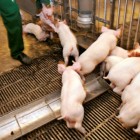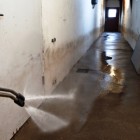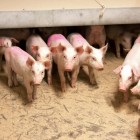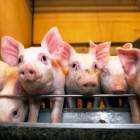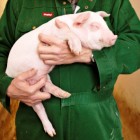Agribusiness
The cost of antibiotic resistance: 25,000 deaths per year, and counting
|
European authorities have no records on the new spread of resistance germs from pigs to humans. Scientists say the total death toll for resistant antibiotics is outdated and too low. The news of four deaths in Denmark caused by infections from livestock associated (LA) resistant germs has not reached European authorities, except through media reports. The European Centre of Disease Prevention and Control, ECDC, based in Solna, Sweden keeps no record of infections from different strains of resistant bacteria. Dominique L. Monnet, Head of the Antimicrobial Resistance and Healthcare-Associated Infections Programme at ECDC, explains in a written comment:
”No EU survey on human infections due to LA-MRSA CC398 is currently planned by ECDC.


